#Katrina10Years: art inspired by trauma
As artists around the world mark the 10-year anniversary of Hurricane Katrina with an outpouring of inspiring artwork, we ask: what can designers learn from the tragedy?
A decade after Hurricane Katrina devastated the city of New Orleans, designers and artists around the world have marked the anniversary with a swell of artwork inspired by the disaster.
In August 2005, the category three storm system caused catastrophic damage when it ripped across America's Gulf coast, causing 53 different levee breaches in greater New Orleans and submerging 80 per cent of the city in deadly flood water.
Ten years on, ethical creative agency Nice and Serious has developed a one-minute animation offering viewers the opportunity to remember those who lost their lives and those who continue to be affected. Based on iconic photographs taken in the aftermath of Katrina, the black-and-white animation poignantly tells the story without music, voiceover or text.
Across Behance, people have responded to the event with their own weapons of choice. Hundreds of posters, paintings, book jackets, infographics and photography projects record and reflect on the tragedy.
In New Orleans, meanwhile, three major arts venues have timed exhibitions to coincide with the anniversary, helping visitors think critically and constructively about the post-Katrina decade.
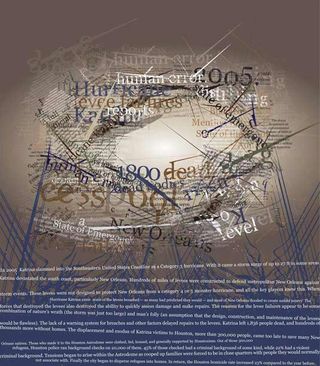
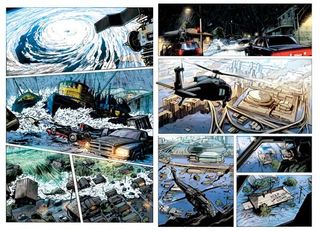
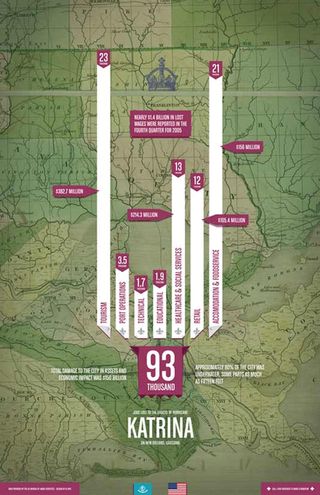
But this artistic response to Katrina isn't new. As soon as survivors began to process what happened on 29 August 2005, signs of resilience started to appear on the streets. In the 10 years that have passed since Katrina slammed into New Orleans, vibrant artwork has played a vital role in rebuilding neighbourhoods.
So what is it about art that can help shattered communities draw meaning from tragedy and start rebuilding together? Why is there often so much creativity in areas hit by hardship? And what can we, as designers, learn from Katrina 10 years on?
Get the Creative Bloq Newsletter
Daily design news, reviews, how-tos and more, as picked by the editors.
Breaking down barriers
In the aftermath of Katrina, a wave of artists with nothing to lose decided to do the things they'd previously been afraid to try. It didn't bring back lost family, friends or homes. But it did provide a glimmer of order in chaos.
Skylar Fein is one New Orleans artist commemorating the storm this summer. Strikingly, he wasn't an artist before Katrina - he moved to the city for medical school a week before the disaster. But after selling a table he'd built from debris to replace his own missing table, he found a new path forward.
"It was a way of taking the destruction and the pain - sadness - but making it into something beautiful. And tame the destruction, but represent it," Fein told the NPR.
Sometimes social barriers are destroyed with the buildings, too. Nomadic illustrator Pat Perry has been based in Detroit, Michigan, for the past few months. Since filing for bankruptcy in July 2013, the city has started to show signs of investment, but many neighbourhoods remain brutally stripped of resources and opportunity, and Perry's seen firsthand the disproportionate side-effects of rapid change.
Through community art projects like the Detroit Graphic Storytelling project, run by all-volunteer activist organisation Beehive Design Collective, Perry's been working with residents to help revitalise local communities.
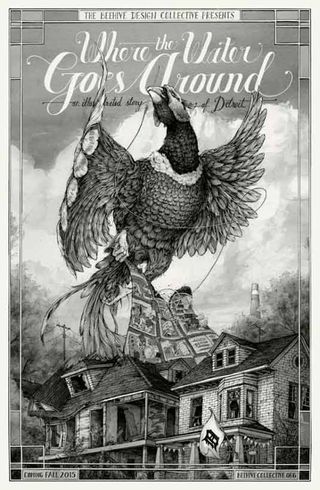
"We're all struggling to make sense of a rapidly changing, and seemingly unthinkable world," he says. "Art is too broad to label as helpful or extractive, but I do think it has the capacity to help us better understand each other. Only great art does that though, and that requires a lot of soul-searching."
Progressive design
One reason hard-hit areas can be attractive to an initial cast of outlier artists and creative folk, says Perry, is that tolerance breeds progress.
"The places that are broken and out of taste are free from the blanket of disgusting retail boutiques, expensive coffee bistros, and strips of streets where your identity is decided by where you shop, and where you eat."
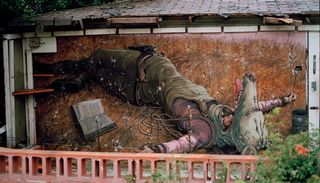
"Instead, the whole capitalistic shebang comes out from behind its glossy mask and the contradiction is staring you in the face. This makes it a brutally compelling place to do cultural work."
Lessons learned
So what does all this mean for designers and creatives who, on the surface, don't live in an area affected by tragedy like Katrina?
Well, Perry's learned a number of lessons from working with hard-hit communities that could be applied by any designer, whether you're volunteering with local organisations or commercially stepping into a client's world:
- "Have reverence for folks that have been there longer than you, and don't assume you know how to fix the community. Practice tenderness like it's your full-time job. I mess up all the time, but each struggle brings me a little closer to the light, and that feels like good work."
- "Learn the history of what has made each place how it is."
- "Be proactive about getting to know your neighbours, and challenge yourself to break away from your peer group often. There's a wealth of wisdom all around, and you'll end up with the respect of your community if you take the initiative to properly do your homework."
Change what you value
Perry also has valuable advice for designers who want to apply the lessons he's learned to their own communities. "Ask this question to yourself often: 'For whom?' Who is this art speaking to? Who is this project helping? Who is going to thrive from this new business here? Community needs should be the compass for all new development and revitalisation," he says.
"It's about changing what we value. It's about learning to value the cast-offs that have been devalued cruelly, and about devaluing the idols that misguide us. Our lives should reflect that as much as possible in every thing we do, not just in the charitable time we set aside."
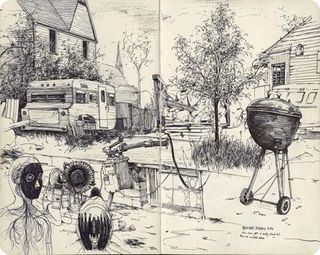
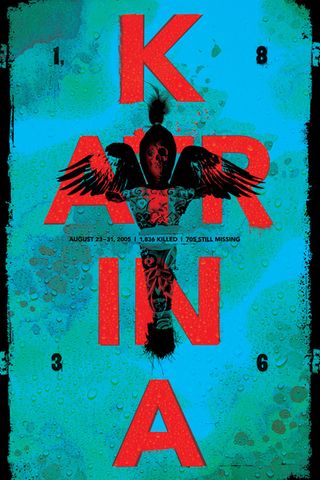
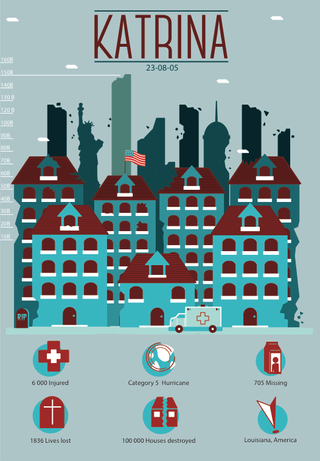
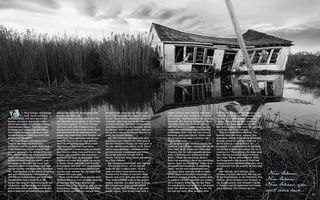
Liked this? Try these...
- The art community responds to Charlie Hedbo attack
- 3 tips for riding the tricky cash rollercoaster
- The designer's guide to working from home

Thank you for reading 5 articles this month* Join now for unlimited access
Enjoy your first month for just £1 / $1 / €1
*Read 5 free articles per month without a subscription

Join now for unlimited access
Try first month for just £1 / $1 / €1

Julia is editor-in-chief, retail at Future Ltd, where she works in e-commerce across a number of consumer lifestyle brands. A former editor of design website Creative Bloq, she’s also worked on a variety of print titles, and was part of the team that launched consumer tech website TechRadar. She's been writing about art, design and technology for over 15 years.